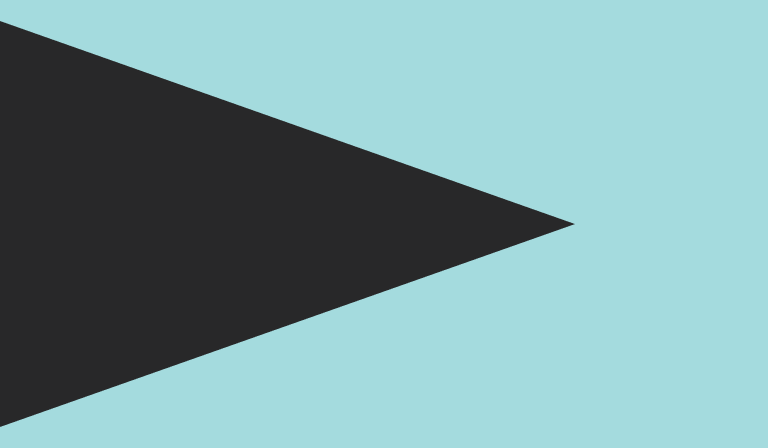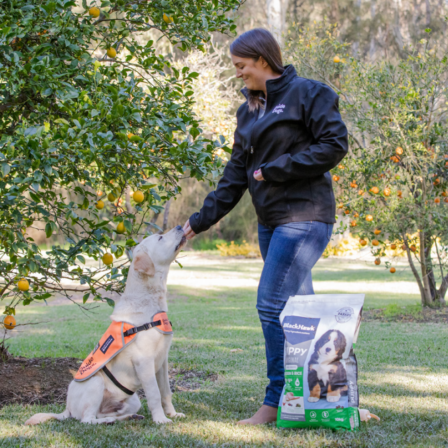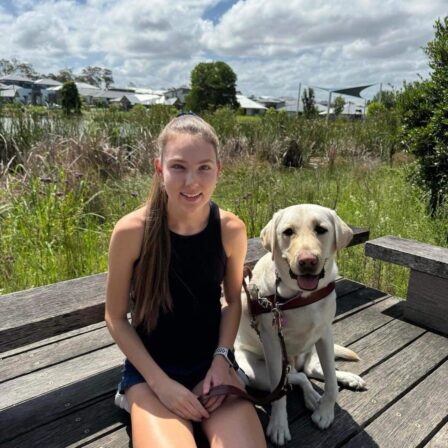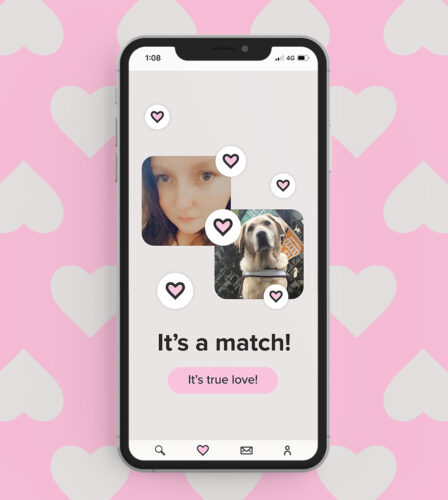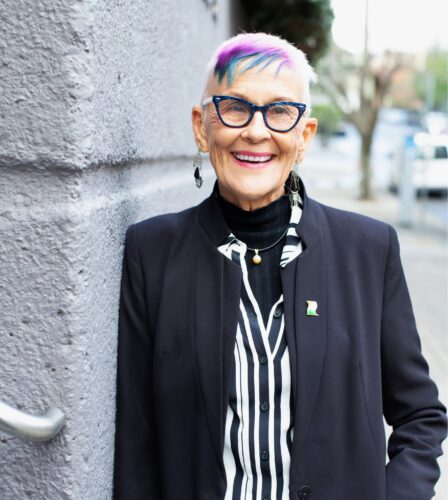News
Pro adaptive surfing hits Australia’s shores for the first time
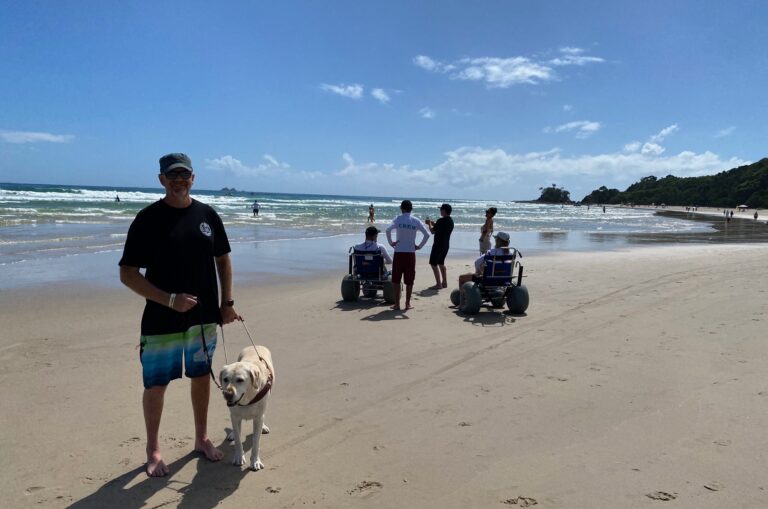
Ask any true surfing enthusiast and they’ll tell you, surfing isn’t just a hobby, it’s a lifestyle. A wetsuit is their uniform, the beach their office and a surfboard their tool of the trade. Their whole identity is tied to the pursuit of one passion, and nothing can possibly get in their way. Not even blindness or low vision.
Surfing with low vision
Guide Dogs Client Steve Fox, who was born with Retinitis Pigmentosa (RP), is a lifelong surfer. “Surfing has always been such a huge part of my life. It’s who you are and what you do,” he says. Despite his condition, Steve has been able to surf independently for most of his life. In the last few years, however, Steve has had to adjust his approach to compensate for the changes in his vision, relying on assistance from others. “Surfing is just like anything else that you do when you’re blind or vision impaired, you just need to figure out a different way of getting things done,” he says.
For Steve, this meant breaking things down into small, achievable, steps such as making his way down to the beach, which he does by holding onto the end of a surfboard held by a guide in front of him. His guide will also point out spots along the beach that are safe for him to surf and then call him into the waves. “Once I feel the wave under the board, then it’s just muscle memory and I follow the flow of the wave,” says Steve.

Photo: Steve, who is wearing a pink and blue tie-dye t-shirt, stands with his yellow Guide Dog in harness, York, next to a large white banner. The banner reads Blackmores Australian Pro. In the middle of the banner is a cartoon depiction of a koala riding a surfboard. The koala is wearing black sunglasses and blue-green shorts. It also has a robotic left arm and leg.
Australia’s first Pro Adaptive Surfing Championship
Earlier this year, Steve competed in his first professional competition, the Blackmores Australian Pro Adaptive Surfing Championship in Byron Bay – the first competition of its kind in Australia. The event, which ran from Monday 17 March to Friday 22 March, is one of four stops on the Adaptive Surfing Professionals World Championship tour, attracting 96 surfers from 17 countries. Each competition is divided into classes according to different disabilities including blindness and low vision. Steve personally competed in the Blind/No vision class, placing third.
“It was a really positive and inspiring event. Some of the people who competed were amazing, and the presentation on Friday night had an amazing atmosphere. It was pretty incredible,” says Steve.
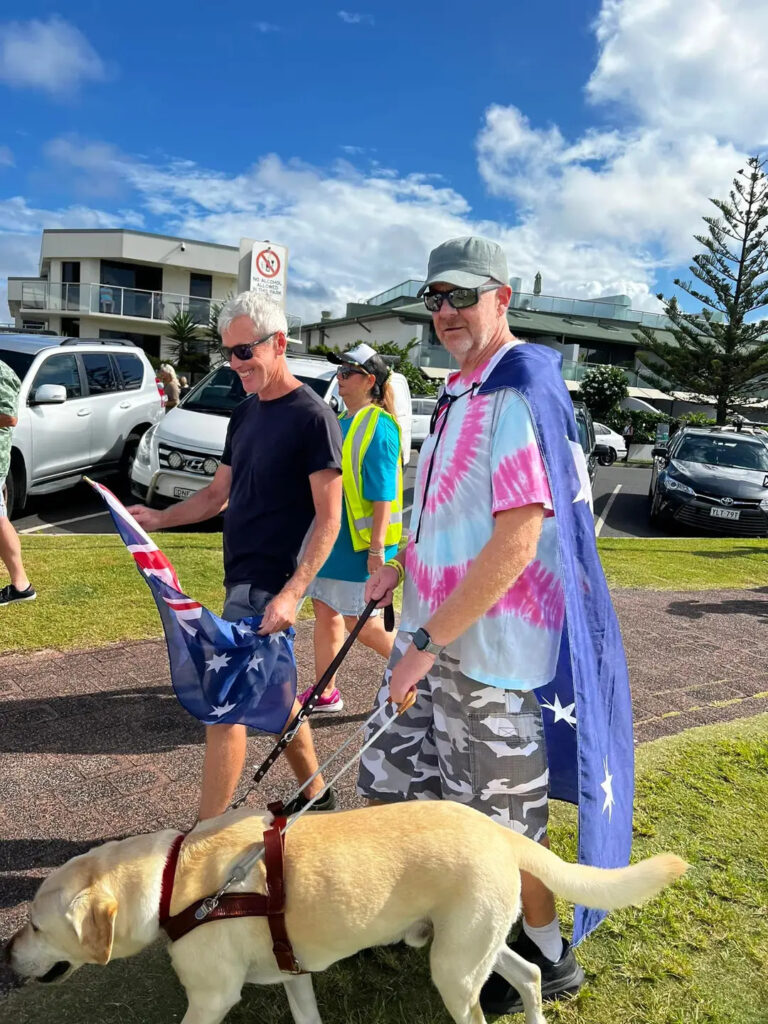
Photo: Steve walks in the Blackmores Australian Pro Adaptive Surfing Championship opening day parade with Guide Dog York in harness. Steve is wearing a pink and blue tie-dye t-shirt with grey and white camouflage shorts and a grey cap. He is also wearing the Australian flag like a cape. Next to Steve is one of his supports, who is carrying an Australian flag, as well as a woman in a high-visibility vest. It is a fine day with few clouds.
Steve, who is now a ranked professional surfer, has ambitions of following the tour on some of its other international stops such as Hawaii and Costa Rica one day. For now, though, he is simply encouraged by the growth of the sport and the increasing representation of people with disability in sports. “I think it’s just great. A lot of the people that I met up with at the event are probably at different stages of their journey of living with a disability. And I think the power that it’s given them and the positive attitude has been pretty amazing,” he says.
Riding a wave of growth
This growth has been reflected by the increasing number of smaller adaptive surfing clubs in Australia, which have steadily given rise to a new crop of people with disability testing out the waves and experiencing the surf for themselves. “It’s giving people a lot of motivation to really get out there and get together as a small tribe and go for it,” says Steve.
If you have a disability and you’re keen to give surfing a go, Steve suggests finding a group or support person who is an experienced surfer to guide you and to simply get started. Who knows, you may just find yourself riding the waves with Steve one day.

